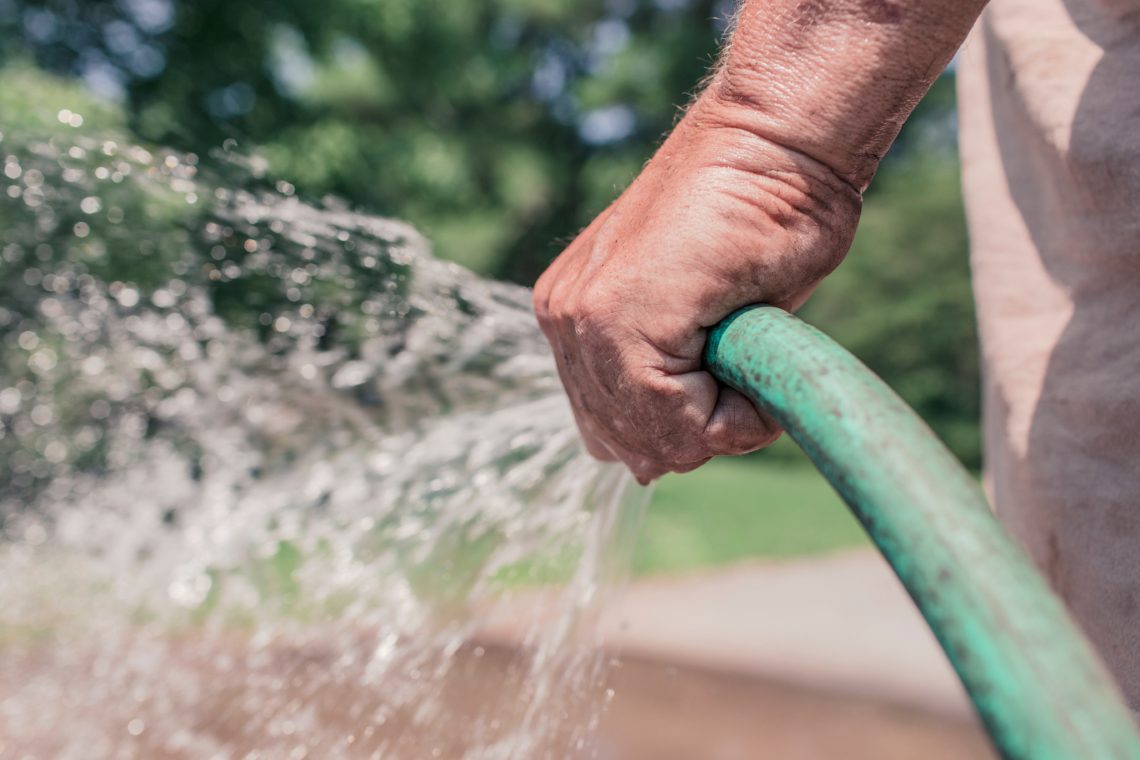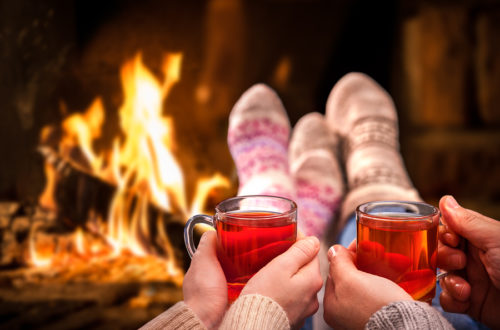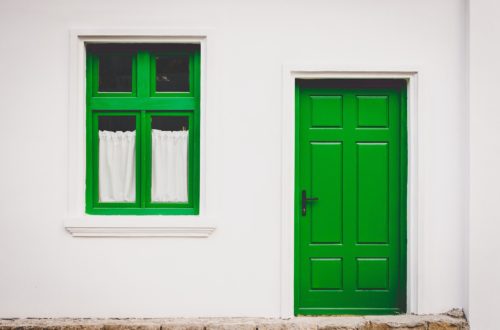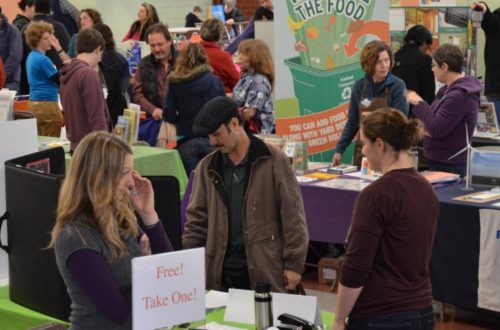On a hot summer day, there’s nothing better than cold water. Whether it’s in a tall glass or straight from the garden hose, there’s nothing like a cool drink for both you and your plants.
Both you and your gardens need it and most of you don’t think twice about using your hose as a source of water. However, did you know that the hose you occasionally drink from might contain significantly harmful chemicals?
While there is some debate around just how frequently you need to be drinking from a hose to be negatively affected by the chemicals in it, you might find it interesting to learn just what kinds of chemicals get into your drinking and gardening water.
One study by HealthyStuff.org found that water from garden hoses contained dangerous toxins, including lead from the brass fixtures, neurotoxins and endocrine disruptors.
Of the 90 garden hoses investigated in the study, 33 percent contained levels of lead considered unsafe for children. Furthermore, the study concluded that water from the hoses also contained plastic additives, including bisphenol A (BPA) and phthalates.
Shockingly, some of the BPA levels in the study were 20 times higher than what’s considered safe in drinking water. Even more shocking, in 100 percent of the hoses tested, lead content in the water exceeded safe levels.
How Did This Happen?
Hoses aren’t regulated by the Safe Drinking Water Act. So unlike indoor plumbing fixtures, outdoor garden hoses are unregulated as far as lead or drinking water quality, even though they are potentially watering our food. However, safe garden hoses that also conserve water, are available.
What Should I Look for in a Garden Hose?
Older hoses, especially those that are yellow and green, carry the most risks. When you’re ready to replace your questionable old garden hose, opt for the following:
- Recycled material. Choose a hose that is made from at least 50 percent recycled materials. Typical materials are rubber or polyurethane, or a combination of the two.
- Light and flexible hose. A light hose that’s flexible and weighs much less than old models will likely be made from recycled polyurethane. This material is up to three times lighter than rubber hoses. Also, look for a hose with a UV coating to protect it from the sun.
- Eco-friendly design. Opt for a hose with a water restrictor. These restrictors prevent soil erosion and control pressure, leaving you with a family-safe hose that also conserves water.
- Safety label. Thankfully, eco-friendly hoses are now labeled for safety, such as “Drink Safe,” “Safe for Potable Water,” “Lead-Free,” “Eco-Smart” and “Family-Safe.”
Which Brand of Hose Should I Buy?
There are plenty of “safe for drinking hoses” on the market, but they are not all equal. Do your research (Google, Amazon, and local garden supply shops) before you decide. To get you started, here is a short list of brands to consider:
- Gatorhyde. This hose is lightweight, environmentally friendly, and has industrial strength. It is made from polyurethane, so it’s light, it has a nickel-plated end, it’s made with 50% recycled materials, and it is safe to drink from.
- Water Right. This is a family-owned company in McMinnville, Oregon, Their hoses are made from FDA- and NSF-approved, food-safe polyurethane that is toxin-free, and won’t kink or crack.
- Armadillo. This line of hose products features a galvanized steel shell that protects its NSF-61, Silicon-Free, PVC inner hose. Its unique design protects the Armadillo from kinking, compressing, twisting, or knotting. These hoses are drink-safe, animal-proof, and kink-resistant.
As spring approaches, consider replacing your old, cracked hose. When hoses scorch in the sunlight, they come into contact with solvents that dissolve the plastic. When hoses crack and become brittle, the lead dust surfaces. It’s not safe to drink from, spray your kids with or water your garden with.
Now that hoses are labeled appropriately, you can water your garden and, in many cases, your food, from a trusted source.
Kayla Matthews is an eco-friendly journalist and blogger with a passion for healthy living, Green initiatives, and continual self-improvement. In addition to writing for Green Living Journal, she also writes for Mother Earth News and Natural News. You can follow her on Twitter to read her latest posts.






